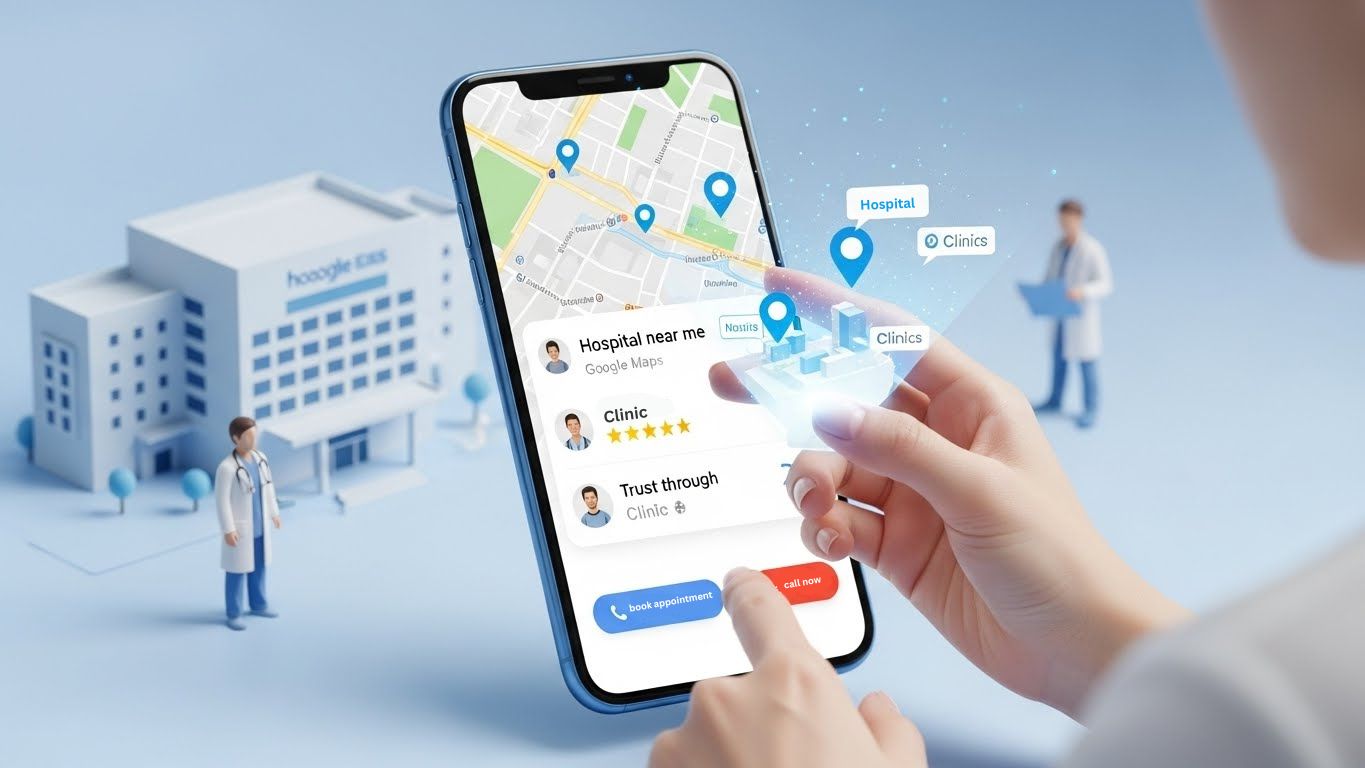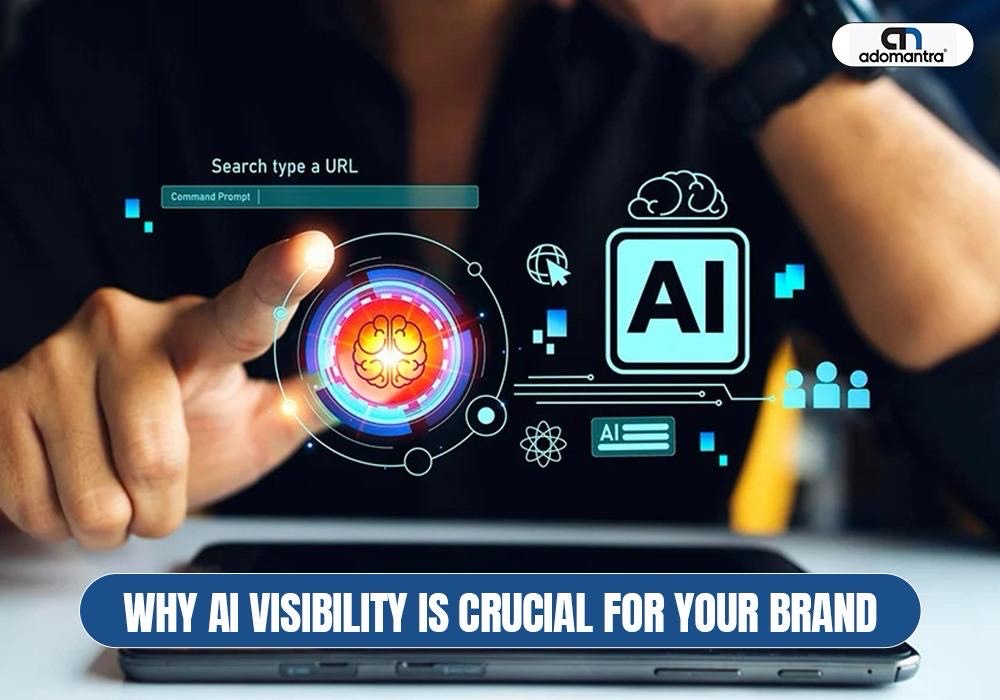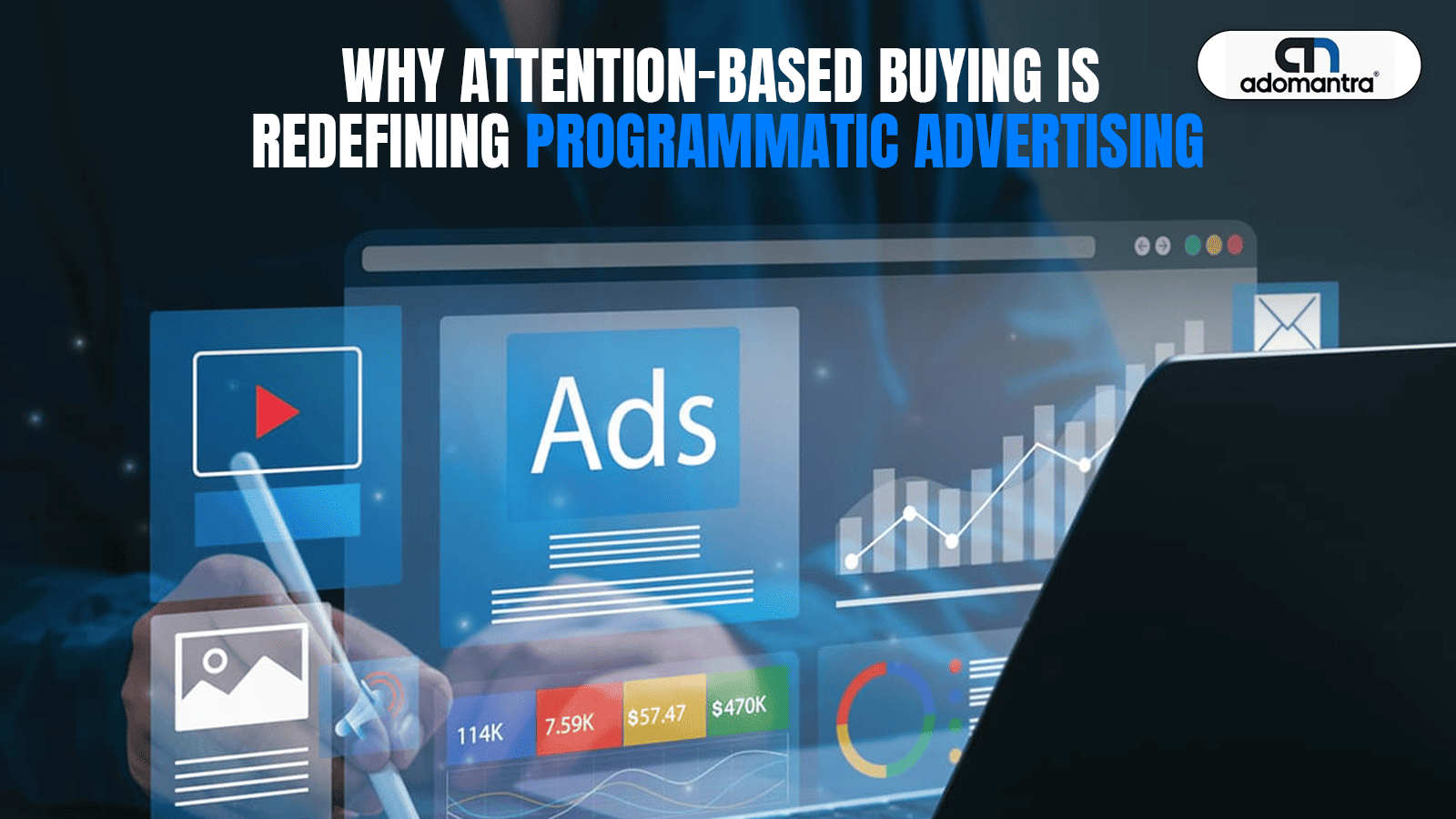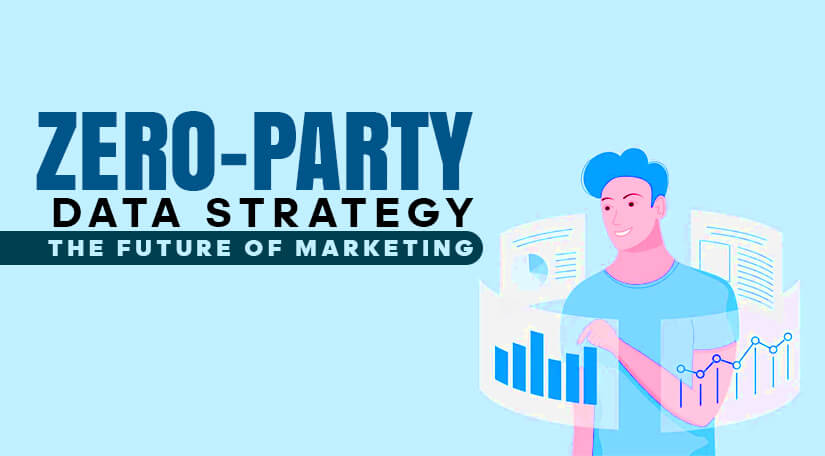
Zero-Party Data Strategy | The Future of Marketing
Privacy is a crucial aspect of all internet activities. Zero-party data strategy is gaining prime importance as the internet grows. Besides zero-party, there are also first-party, second-party, and third-party data strategies.
Read on to understand what zero-party strategy is, how it differs from its counterparts and its advantages.
Decoding Zero-party Data Strategy

The data that a user shares with a business intentionally is called zero-party data. This is the information shared proactively and freely shares with the online business. Such data is shared at the site or the platform through polls, surveys, contact us forms, etc. Digital marketers can use this data to offer the customer personalised marketing and advertising campaigns.
0-party data are collected when customers respond to questions like, “Tell us about your latest shopping experience with us” or, “How frequently can we send you emails”?
The first company ever to introduce the term was Forrester Research, and ever since, brands have started paying attention to how they collect this type of data.
Online data breaches have become a significant aspect today, and most internet users are aware of the same. Therefore, they are apprehensive about their personal data.
Comparison between Zero-party & First-party Data
|
Benchmarks |
Zero-party Data |
First-party Data |
|
Obtaining Data |
Users shares the data willingly. |
Companies get data from data organisations to know about the digital activities of users. |
|
Data Relevancy |
Accurate and relevant. |
Accurate and relevant. |
|
Sources of Data |
Onsite polls, surveys, forms, applications for membership & subscriptions, etc. |
Web activity of the user, purchase history, etc. |
|
Needs to be analysed? |
This is data coming directly from the customer. Hence, no data analysis is required. |
Data needs to be analysed to understand customer behaviour and preferences. |
|
Privacy Concerns |
No concerns as the data is shared by the user himself/herself. |
Privacy issues exist. |
|
Ownership of data |
The user or the customer |
Organization or company |
Zero-party Data Strategy
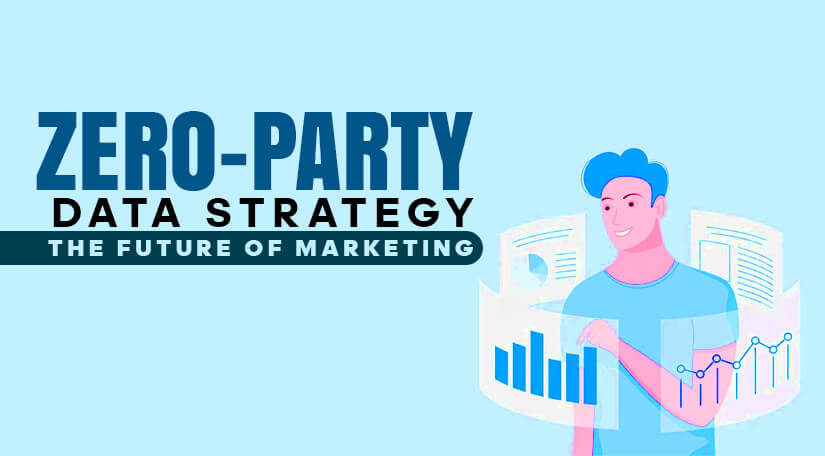
A clear-cut strategy is important because companies can then collect and use the data to attain specific goals. There are two parts to the strategy.
1. How to collect the data?
Zero-party data can be collected through events like online registrations, forms for a free trial, email campaigns, social media polls, conversational pop-ups, contests, surveys, or an AR tool that keeps the user the opportunity to virtually try-ou the product. Digital marketing agencies can use numerous other ways to collect the data.
2. Strategies to use the data
Integrating this data into marketing activities is the best to use Zero-party data. The advantage is that since the data comes from the customer, it can be used to hyper-personalize a campaign, message, or content. You can use this data for retargeting an ad or creating a micro experience for him by focusing on his pain points. While the user is on your site, this data can be used to offer pop-ups to make his journey at the site more enjoyable and fruitful. All tools and techniques for offering a highly personalised onsite experience can garner the user’s attention, impress him, coax him to make a purchase decision, and more.
Another way of using the data is to personalise email campaigns based on and centred around specific user traits identified. Zero-party data can help take customer experiences to a different level. Brands can use different tools to gain traction and keep customers with them.
Click Here to Read About the Programmatic Advertising Vs Google Display Network: Which is the Best Choice?
Key Advantages of Zero-party data
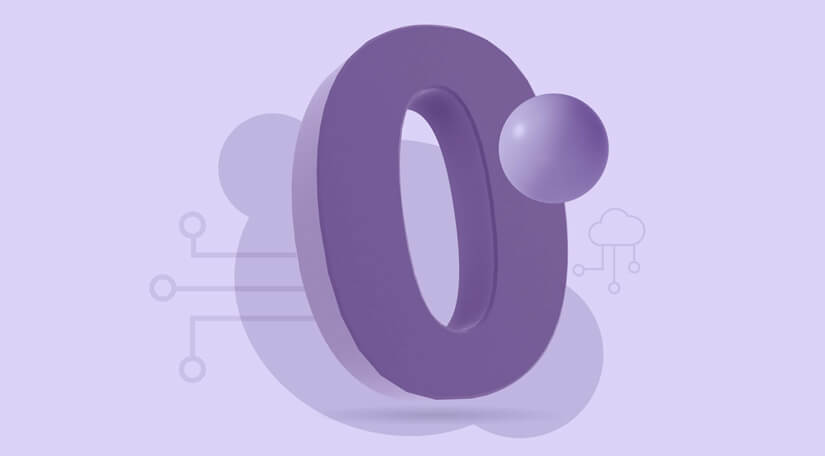
Data Accuracy
It is one of the biggest advantages of zero-party data. As the data comes directly from the customer, there is no questioning of the authenticity of the data or the source.
Intentional Data
The other usefulness of zero-party data is that it is given by the user intentionally. Hence, the company is spared from legal issues about how the data was obtained.
Win-win Solution
This data is a win-win situation for all parties involved. For brands, this is the best way to know the customer’s preferences, inclinations, motivations, interests, etc., and target them with the power of knowledge. It is a winning proposition for customers because they get the services and products they want. Thus, it proves to be an ultimate value exchange situation for them.
A Relationship of Trust
Zero-party data helps build a trustworthy and sound relationship between companies and their customers.
The Bottom Line
Zero-party data strategy, if implemented with honesty, can take the company-customer relationship to the next level. It leaves customers happy and satisfied and takes the business on a trajectory of success like never before. If you wish to know more about the Zero-Party Data strategy, get in touch with our digital marketing experts at Adomantra, who will explain how to leverage this strategy and know more about your customers' preferences without infringing on their privacy.
Adomantra is a leading and award-winning digital marketing agency that consistently and continuously adds more to its already burgeoning list of companies worldwide with its most promising digital marketing strategies and campaigns.
We take your brand to the next level!

